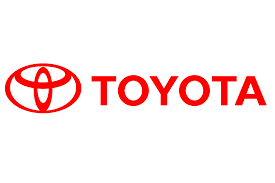
Toyota Revs Up Battery 3R Efforts
London, 07 December 2023, (Oilandgaspress): Toyota Motor Corporation (Toyota) is promoting activities that focus on the creation of a circular economy, including a circular ecosystem for the batteries used in its vehicles, in accordance with the broader aim of achieving carbon neutrality.
Circularity is important when considering the stages of life for automotive batteries and even more so when considering the batteries used for battery electric vehicles (BEVs). Toyota’s efforts in this space include developing batteries that are resource-efficient and long-lasting during their first phase of life, so that customers can have peace of mind as they drive their cars over their term of ownership. After that, the batteries can find a second life in either automotive or non-automotive applications through reuse by repackaging (rebuilding) for the envisioned use conditions. Finally, when it is determined that they have reached their end-of-life stage, the company aims to recycle them in a sustainable way that both mitigates the amount of CO2 emitted and allows as much material as possible to be used as stock feed for new battery production.
To represent the path of circularity, the company uses the so-called “Battery 3R” and is now accelerating efforts related to what the three “R’s” represent―① Reduce, ② Rebuilt/Reuse, and ③ Recycle―globally, in collaboration with various partners, and considering the availability of local battery production in each country and region. Toyota hopes the efforts not only support vehicle development but also contribute to local communities. Battery 3R Image
Battery 3R Image
① Reduce
Reduce waste generation, including extending battery life.
② Rebuilt and ReuseRebuilt2nd life as automotive batteriesReuseReuse the batteries in non-automotive applications (e.g., stationary, energy management, etc.)
③ Recycle
Find use as recycled materials and resources
Battery 3R is part of a broader environmental strategy that Toyota is employing around the globe.
Information Source: Read full article
Energy ,Petrol , Electric Power , Natural Gas , Oil , Climate , Renewable , Wind , EV , LPG , Solar , Electric , Electric Vehicles, Hydrogen, Oil Price ,Crude Oil, Supply, Biomass , Sustainability,

